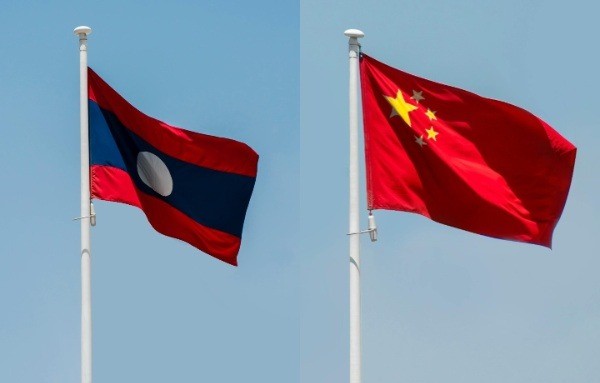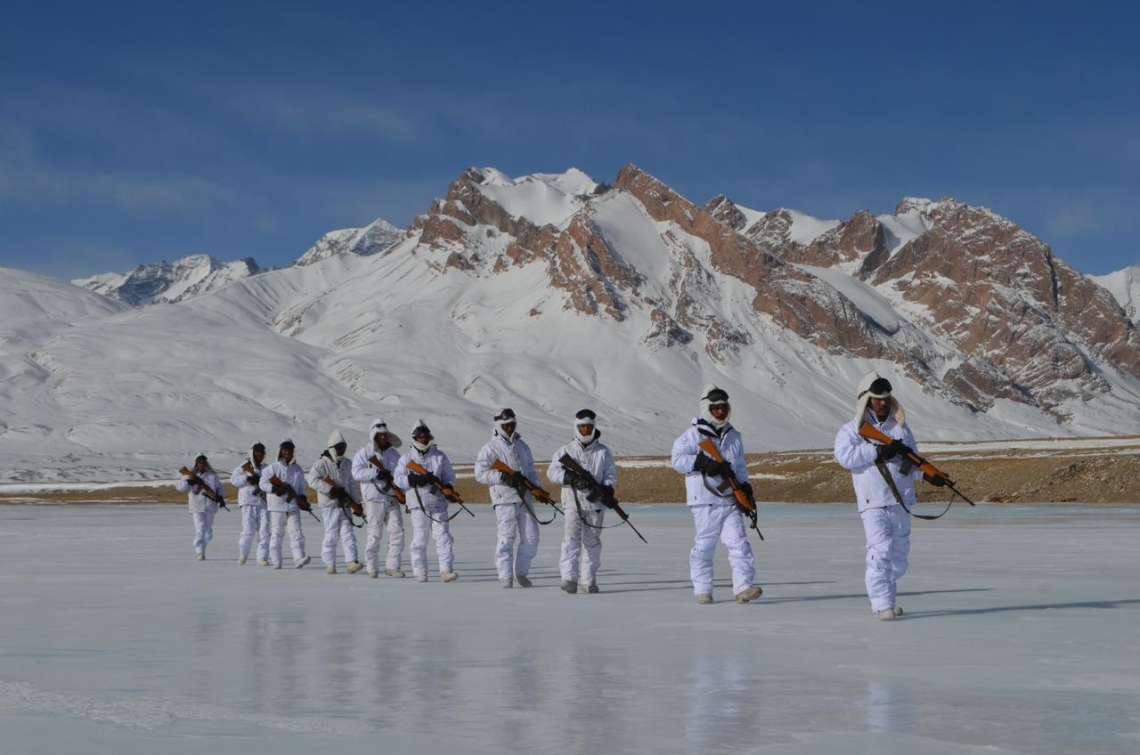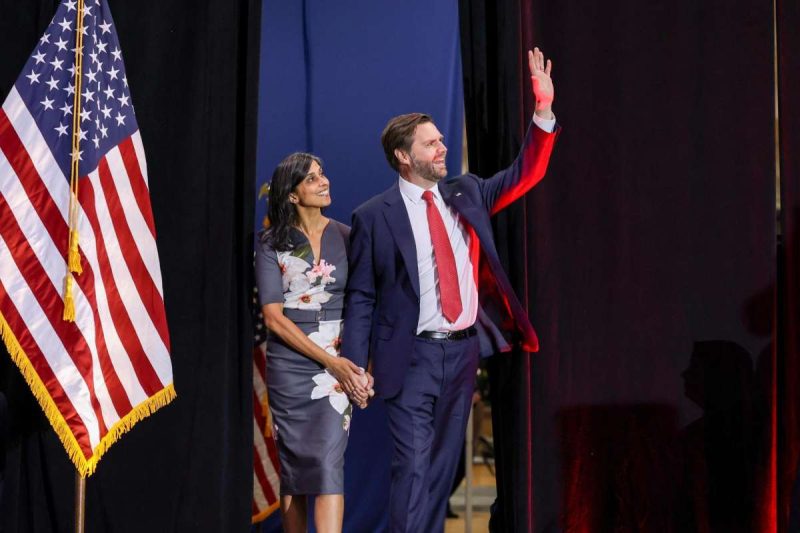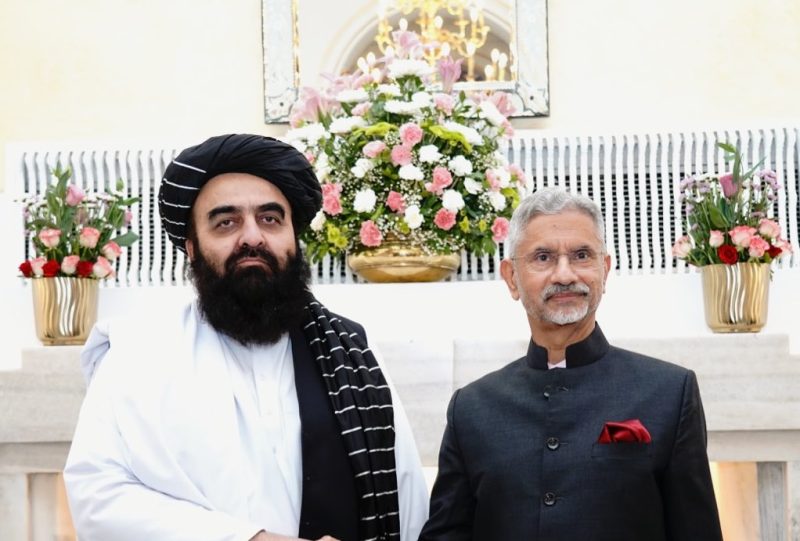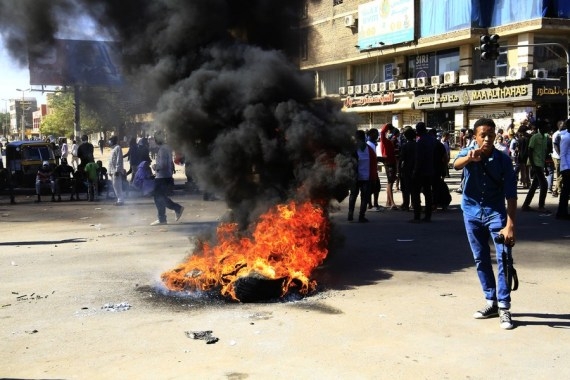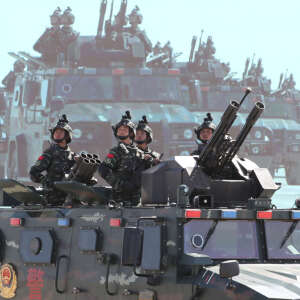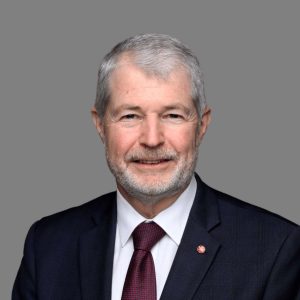Laos currently has a total of USD 13.8 billion in public debt, amounting to 108 per cent of its GDP….reports Asian Lite News
Laos, a Southeast Asian nation situated between Thailand and Vietnam, is now seeking more time to pay its debts.
A recent report suggests that the country’s debt has nearly doubled, reaching USD 950 million in 2023, up from USD 507 million in 2022. The majority of this debt is owed to China, according to local news outlet, The Laotian Times.
Citing a report from the Ministry of External Affairs in Laos from June this year, the same news report stated that the country had deferred a debt of USD 670 million in 2023, excluding the USD 1.22 billion that had already been deferred since 2020.
According to The Laotian Times, Laos currently has a total of USD 13.8 billion in public debt, amounting to 108 per cent of its GDP. Notably, around USD 10.5 billion of this debt is owed to China.
This heavy debt situation surfaced as China increased its lending to small countries that lack capability to repay. As a result, China can capture the assets of these countries for its expansionist motives.
Meanwhile, a depreciation in the currency of Laos, the Kip, could worsen the situation for the small country. This makes Laos’s economy more vulnerable to the debt trap strategy.
According to the Laotian Times report, the Kip of Laos dropped by 31 per cent against the US dollar last year, making repayment difficult as 59 per cent of the total debt is denominated in US dollars.
According to another report by Nikkei Asia, the Nam Ou hydroelectric plant, one of the largest power generation facilities in the country’s north by capacity, was built by the Power Construction Corp. of China (Power China) for USD 2.8 billion and began full operation in 2021. The plant comprises seven dams.
Additionally, the USD 6 billion China-Laos railway project, which opened in December 2021, will soon provide a direct route from Kunming, China, to the Gulf of Thailand through previously existing rail lines in other countries.
This project currently stands as a symbol of Beijing’s ambitious regional expansion strategy. (ANI)


